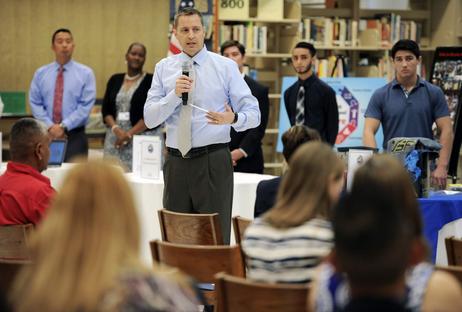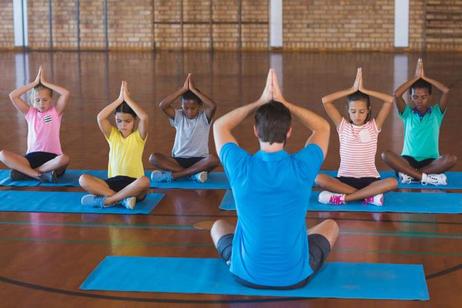While high school is typically associated with AP exams, English Literature class, prom, and football games, some campuses today are renewing their focus on an unexpected area: agriculture!
According to the Dallas News, the study of agriculture and its related sciences is gaining popularity on a handful of public high school campuses. Specifically, students from various urban and suburban school districts throughout Texas are leading the renewed interest in agriculture sciences.
In a technology-driven economy, the growing interest in agricultural sciences challenges centurion stereotypes of the industry. As the director of the Vocational Agriculture Teachers Association of Texas asserts, agricultural education has also broadened to encompass a wide range of city-based careers from veterinary science to biomedical research.” In addition, the agricultural-based vocational programs offered to public school students are thriving in urban areas, potentially due to shifts in population trends from some of the state's more rural regions.
As agricultural science continues to reinvent itself through technological and innovative developments, more public high school students enjoy the challenges of an education and future careers in the industry.
This video reports on jobs in the agricultural science field.
The Evolution of Agricultural Sciences
While the traditional roles of agriculture were once reserved for farming, today’s agricultural education programs highlight modern business practices. Modern agricultural corporations are beginning to hire more and more researchers, experts, and analysts – all while challenging industry






















